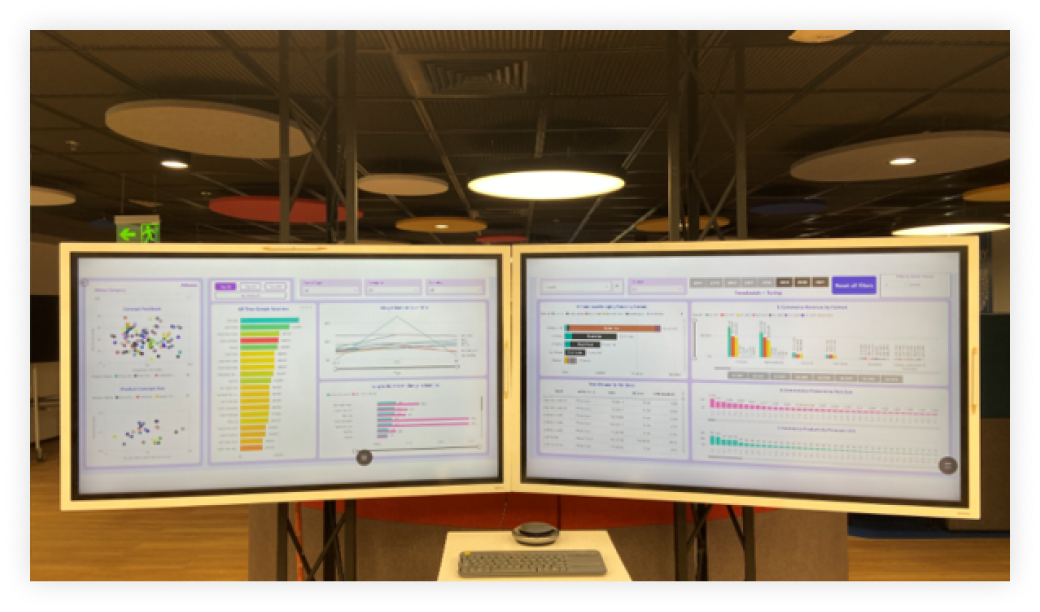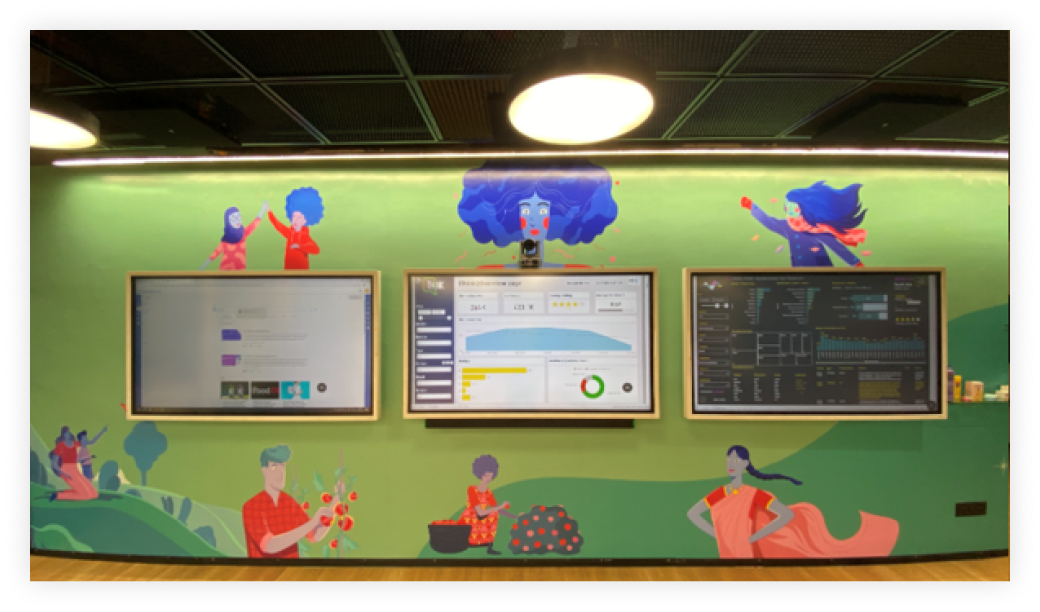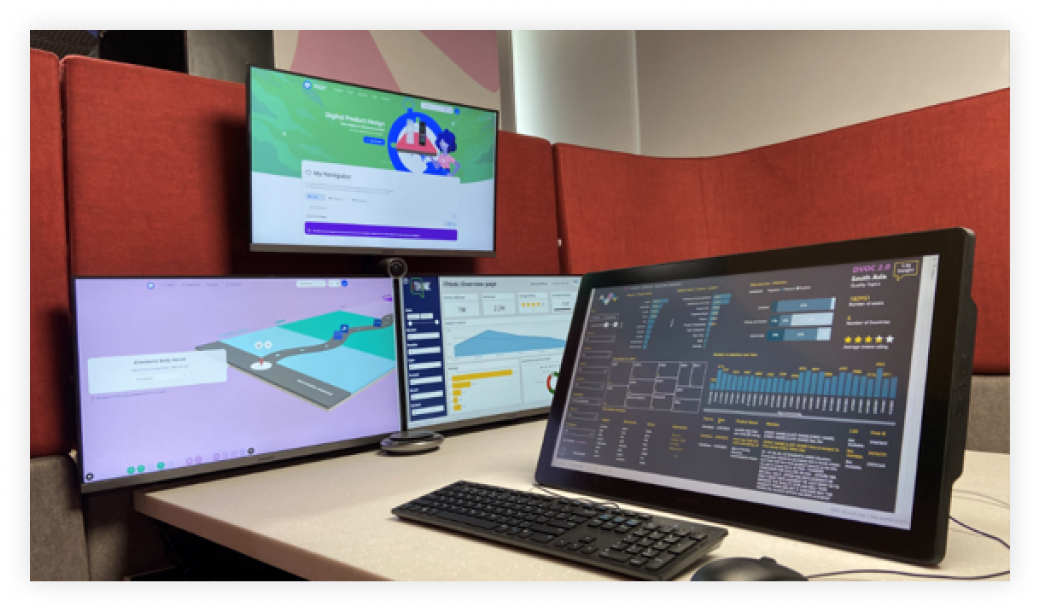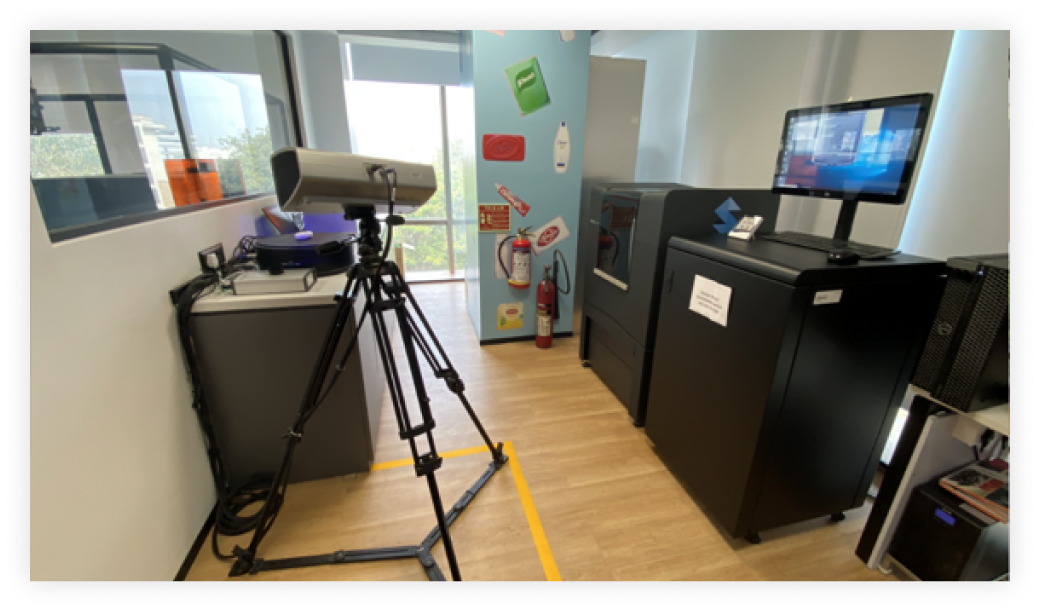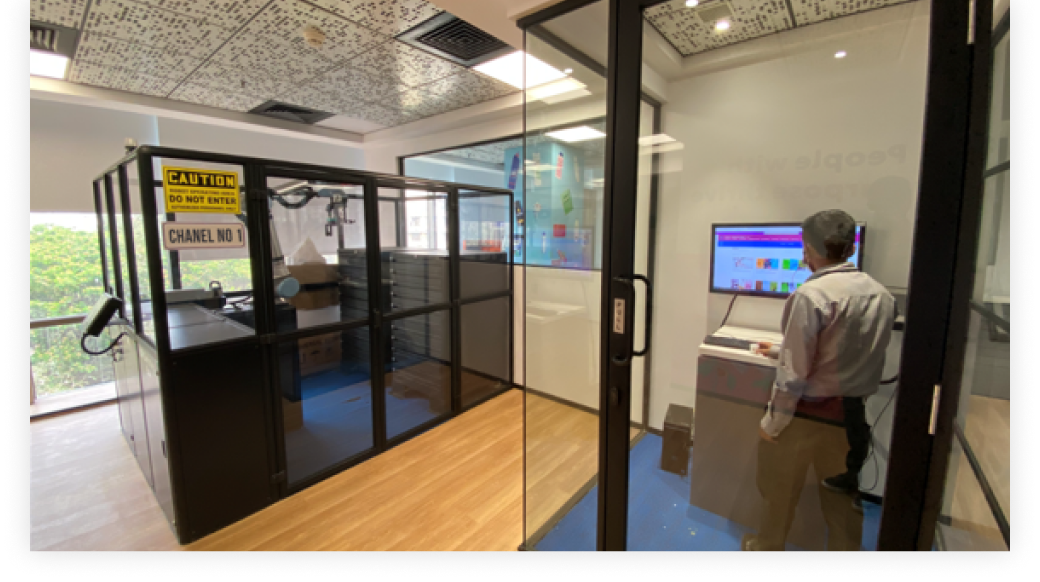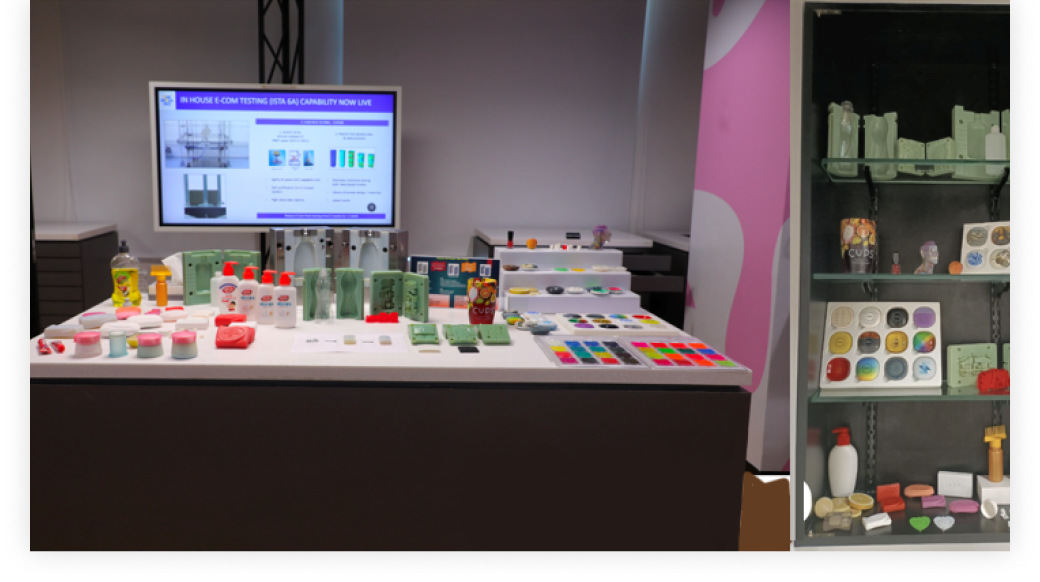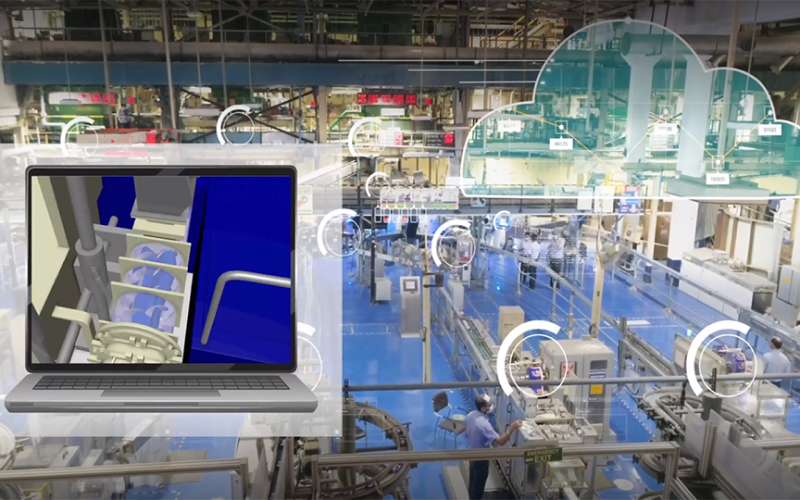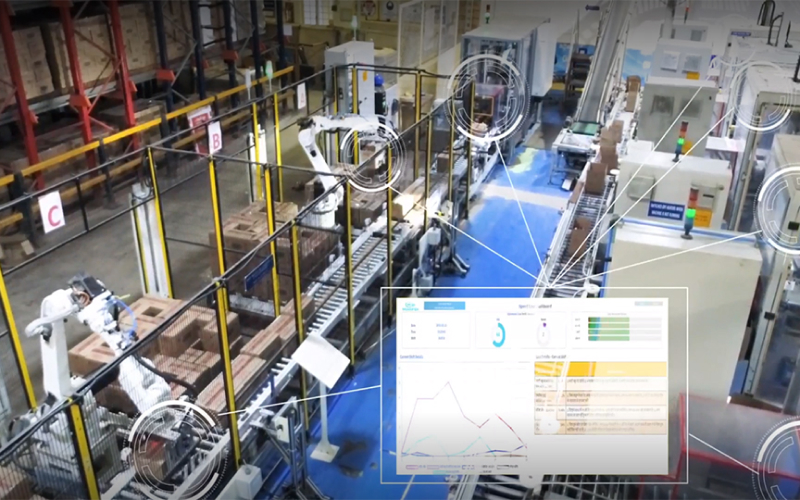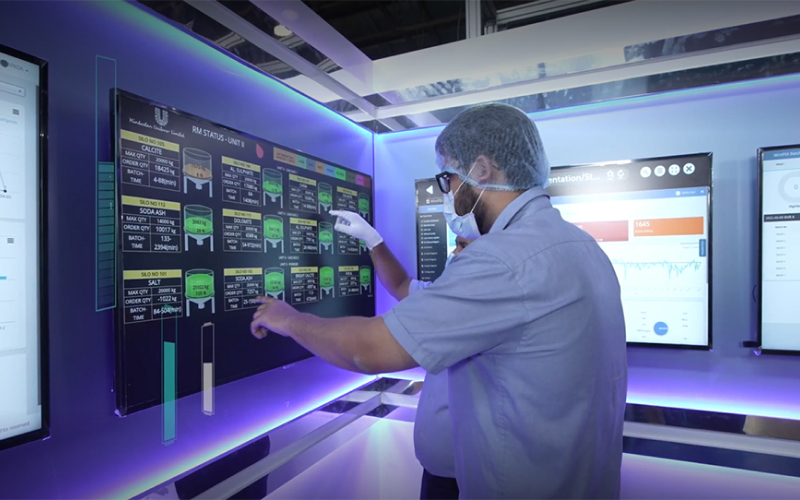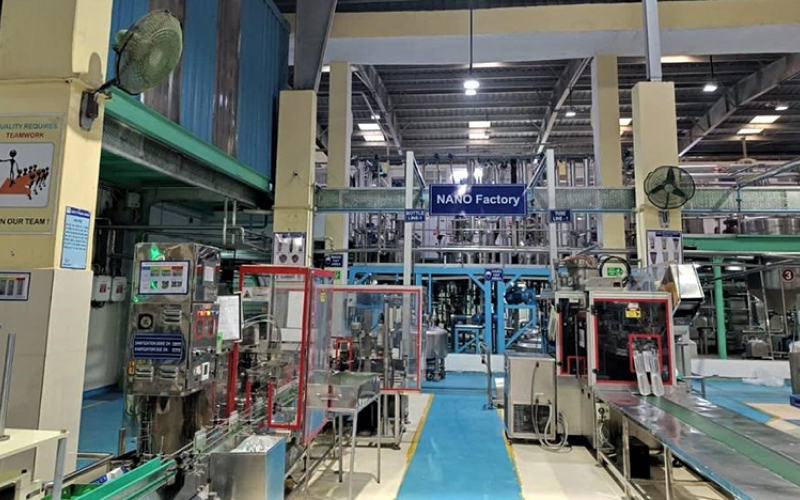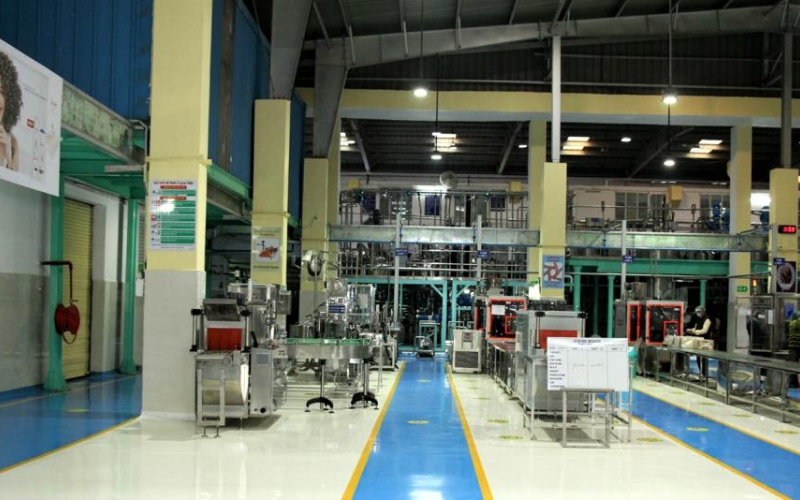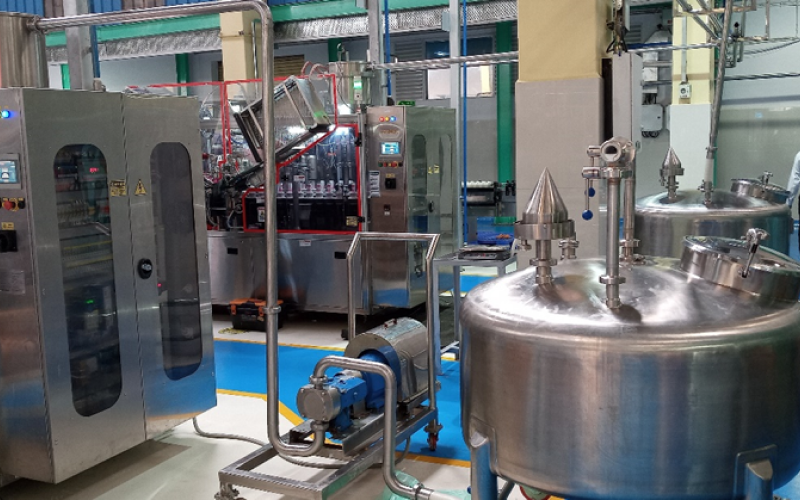chain to non-linear ecosystems


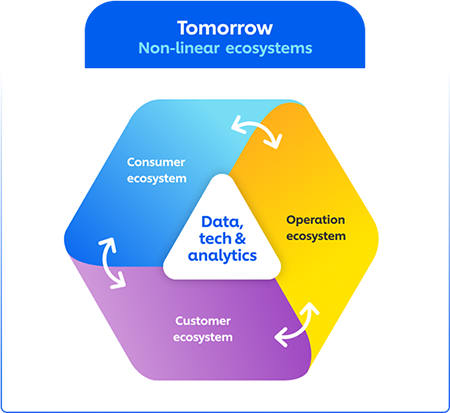
To match the rapidly evolving consumer landscape, we are
focusing
on faster and better innovation, using next generation media tools
to
reach consumers effectively and efficiently.
Through our People Data Centre, combined with social listening, we are capturing insights and consumer trends faster than ever before, enabling us to develop solutions in line with the evolving needs of the consumer.
Our ‘Agile Innovation Hub’, a physical zone developed for collaboration and innovation, has cutting-edge processes for product design, development and testing and has tremendously enhanced our speed to launch innovations. We are also leveraging data and technology in our media deployment to ensure that we reach the right audiences with the right messaging, at the right time.
Our D2C platforms for our brands such as Lakmé, Simple, Love Beauty and Planet and multi-brand website, UShop, are directly engaging with consumers, enabling an end-to-end shopping experience.



Lakmé is amongst the frontrunners in the digital curve with beauty-tech solutions such as virtual try-on and Artificial Intelligence (AI) Skin Analysers on its D2C platform. This allows consumers to replicate their offline journeys online.
Lakmé has over 25 lakh D2C website visits per month and we are creating new ecosystems to scale influencer marketing on social commerce platforms.
Our customer ecosystem entails three key pillars - Demand Generation, Demand Capture, and Demand Fulfilment. We are building competitive moats across these three pillars using data and technology.
India’s retail landscape is rapidly evolving as technology
influences consumer behaviour; the shoppers’ path to
purchase spans various channels and devices. We are also
seeing the rise of new models like hyper-local commerce and
quick commerce.
To service the needs of our shoppers
better, we have adopted a D4C (Design for Channel) approach
for our brand and SKU launches. We are also on our journey to
digitise general trade through our e-B2B solution – Shikhar.

Shikhar is providing retailers with the flexibility to order at any point without waiting for our sales rep to visit the store. It also recommends the right assortment, ensures reliable service and enables easy credit to the retailer. Shikhar is gaining traction with retailers and has rapidly scaled up to over 12 lakh stores. Together with Shikhar, e-Commerce and D2C we digitally capture more than 30% demand. This also enables us to do demand generation in a disruptive way. Along with the front end, we are wiring up our distribution backend to maximise next day delivery.
We are digitally transforming our supply chain to enable greater agility, flexibility, and efficiency across the value chain. This allows us to fulfil demand faster with more reliability and at a lower cost.
We are leveraging Artificial Intelligence and Machine Learning to augment demand sensing, forecasting, and planning of our operations cycle. By digitising our upstream sourcing network, we are able to perform significantly better on cost, agility, resilience, and traceability of materials. Digitisation of our future manufacturing network allows us to interlink our manufacturing network as one entity with complete visibility across sites. We are making our distribution infrastructure future-fit through warehouse automation and optimised last-mile logistics - driving fulfilment with reduced lead times to deliver faster and more reliable service to the retail outlets.


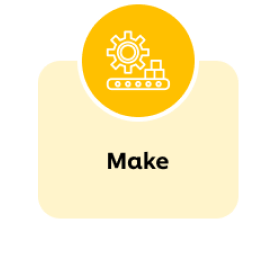

We are leveraging technology to create advanced manufacturing sites such as our Dapada factory, which became the first Indian FMCG manufacturing site recognised as an end-to-end sustainability and Lighthouse Factory by the World Economic Forum.
We are setting up nano factories that enable us to produce in small batches of kilograms rather than tonnes giving us more flexibility and agility.
Our advanced centres such as Samadhan reduce fulfilment timelines, thereby leading to faster dispatches and demand fulfilment.
Data is at the core of all three ecosystems of Re-Imagine HUL
with
a focus on maximising
leverage across the business while ensuring
continued consumer trust and compliance.

Our in-house predictive data science tool, Jarvis, helps us uncover complex relationships between variables such as price, distribution and media to enable us to make cross-lever investment optimisation decisions at a deaveraged level and reduces bias from decision making.

Data democratisation tools like Chanakya, our Cross Functional Reporting & Search Analytics Platform, connect to the data in our data platform and answers any query in less than 10 seconds across billions of rows.
Its simple Google-like interface promotes a culture of self-serve & collaboration by driving visibility to different aspects of performance across our organisation.


